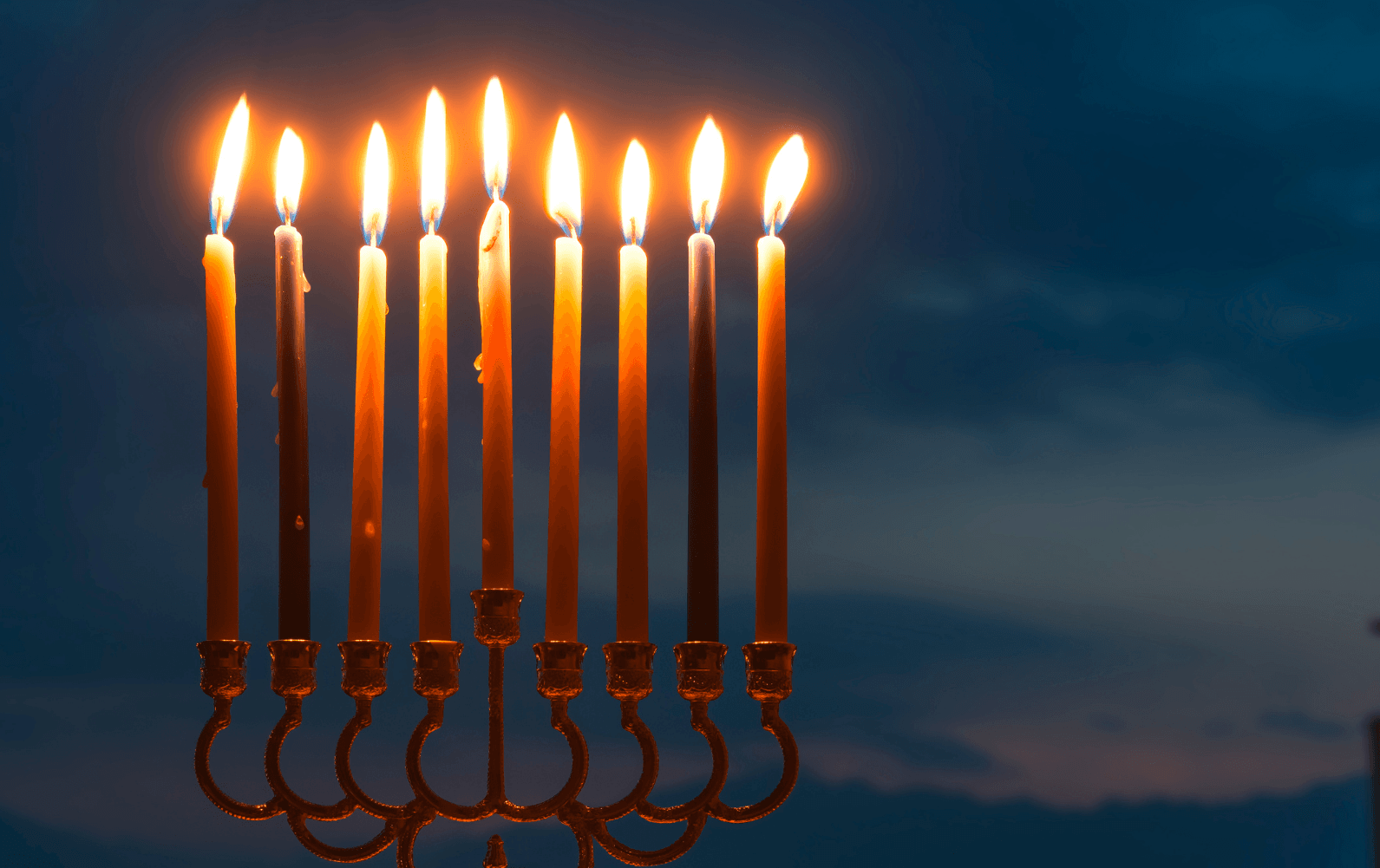Chanuka is a holiday of paradoxes, where we want to both announce to the world that we were the recipients of divine salvation and yet hide that very news at the first sign of trouble. According to an ancient tradition, spinning the dreidel emerged as a form of camouflage, invented by Jews who had been studying Torah illegally under Seleucid Greek rule, circa 2nd century BCE. At any hint of oncoming soldiers, they would quickly conceal their Torah scrolls and get out their dreidels. It seems that the Seleucids allowed Jews to be frivolous, just not studious or religious.
This coercion more or less mirrors the history of anti-Semitism, where enemies of the Jews, even to their own detriment and/or loss to their societies and cultures, would often target Jews for persecution. And so the Greeks became the Romans became the English became the Spanish became the Cossacks became the Nazis became the Soviets, and so on through too many ages.
The historian Paul Johnson noted the fundamental futility in any attempt to parse out the “real reason” for anti-Semitism because Jews are blamed for embodying something and its exact opposite. As Johnson writes, “Asked to explain why they hate Jews, anti-Semites contradict themselves. Jews are always showing off; they are hermetic and secretive. They will not assimilate; they assimilate only too well. They are too religious; they are too materialistic, and a threat to religion. They are uncultured; they have too much culture. They avoid manual work; they work too hard. They are miserly; they are ostentatious spenders. They are inveterate capitalists; they are born Communists. And so on. In all its myriad manifestations, the language of anti-Semitism through the ages is a dictionary of non-sequiturs and antonyms, a thesaurus of illogic and inconsistency.”
So the dilemma of Chanukah: how to stand out proudly as a Jew in a world where, at times, that might be a precarious undertaking. Hence the curious history of the halacha regarding where to place one’s menorah for the lighting ceremony. As originally outlined in the Talmud, “it is a mitzvah to place the menorah at the entrance to one’s house on the outside, so that all can see it [to publicize the miracle of Chanuka]…The mitzvah of lighting the menorah is from sunset until traffic in the marketplace ceases [because its essence is for people passing by].”
But then comes the catch: “And in a time of danger, when the gentiles issued decrees to prohibit kindling lights, he places it on the table [inside the home and lights it there].”
Alas, there were plenty of intolerant societies in which indoor lighting became not only normative but the only sane option, so much so, that in many countries, the rabbis in the medieval period basically gave up on lighting the menorah outside the house. (The snow in parts of Europe at that time of year must have also provided a strong motive!)
And even if the reaction from the broader society was not life threatening, perhaps just unpleasant, or even if merely the anticipation of trouble could create stress for potential candle lighters, that was enough of a rationale to change locations. So the menorah, and the Jews along with it, moved inside.
But if that were the case, could we really say any longer that we were lighting the menorah to publicize the miracle of Chanukah? According to some scholars, that meant you could light the candles at any time of the evening, even if there were no one outside to see it. The mitzvah had become privatized, and its viewers were those that had congregated around the menorah. Chanukah was, literally, no longer for the man or woman on the street, but the family in the kitchen.
The ongoing custom in the Diaspora has become to light indoors, regardless of balmy weather or accepting and tolerant neighbours. Lighting inside became a way of being and thinking. But perhaps the time has come to spin the dreidel of fate yet again, and to allow ourselves more leeway to be Jews in public as well as private.
Of course, the great leader in this shift predictably, is the Jewish state. On many Israeli streets during the week of Chanukah you can see the menorah on someone’s porch or balcony or outside the front door. Here the double blessing of often pleasant weather as well as a surrounding Jewish populace has led to a confident assertion of publicizing the miracle, or just having fun.
But Jews need not be rulers over a piece of land to be sovereign over their identities. The compromise of placing a menorah next to the window, where it can be clearly seen by the outside world and not blown out by any impudent gusts of wind, is a good start. Still, embracing our Jewishness and promoting Jewish pride, need not be limited to an eight day kindling frenzy. The rest of the year provides ample opportunities to make sure that we do not hide from who we are, but quietly mark out what is important to us as Jews, and not worry about who knows it.
Our Judaism does not require a neon sign, but it is also not something to obscure or keep sequestered indoors. May the light of Chanukah shine in our hearts, and then radiate outwards into the rest of our lives and our world.


0 Comments